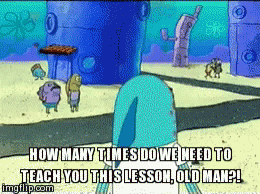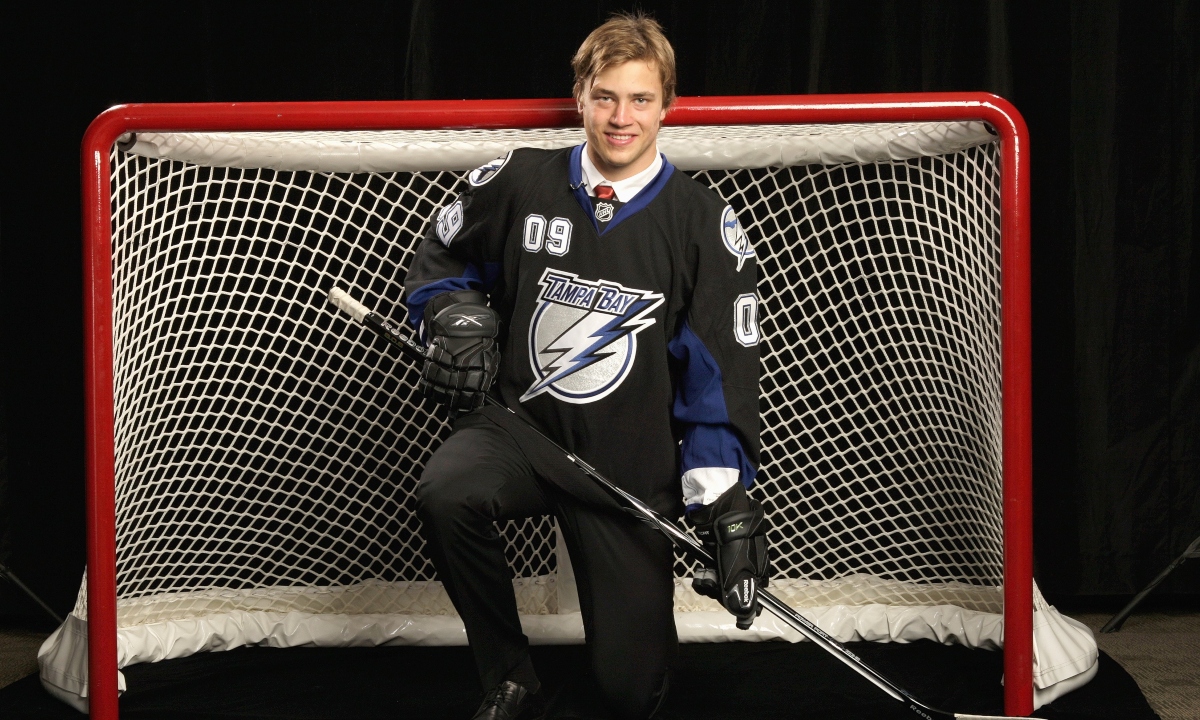CapitalsCupReality
It’s Go Time!!
- Feb 27, 2002
- 67,611
- 22,793
If there was a much easier way for me to do my job that required much less work and improved my performance, I'm not sure I would be telling my boss about it either
I do think the point about institutional change being a slow beast is fair. Baseball teams didn't copy Billy Beane instantly, they adopted over time. The real question I would love to know, that we'll likely never ever know, is which NHL teams are at the top of weighting analytics vs at the bottom, so we can compare their results with data.
Twabby's point being that there is data that says a certain analytical method appears to be better than league wide current results, shouldn't be dismissed just because we don't know the weights any teams are using. And organizational fit can never really be answered by raw stats, so scouting and human interactions are always going to be a part of the whole process.
I’ve already acknowledged the best teams use both methodologies to identify good prospects. And sure, if one team has a math nerd who has found a better formula to deduce it all, then yeah, that’s called IP and who shares that freely? But it would be neat to know which teams use all this information the best.
The only thing being dismissed is the notion you can simply sort a spreadsheet of points and boom you’re going to dominate the draft, and hell you don’t even have to know the game of hockey! Lol…










